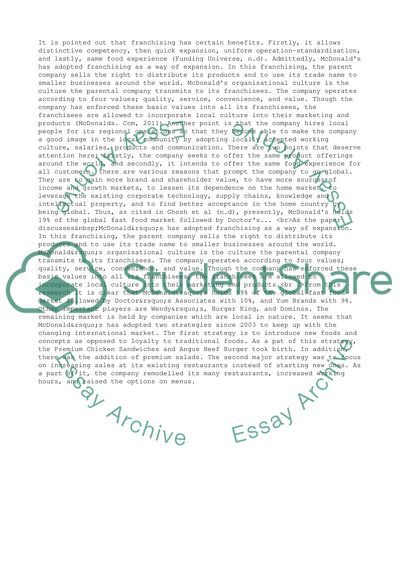Cite this document
(“Economic Theory of Marketing Control and Business Essay”, n.d.)
Retrieved from https://studentshare.org/business/1393125-economic-theory-of-marketing-control-and-business
Retrieved from https://studentshare.org/business/1393125-economic-theory-of-marketing-control-and-business
(Economic Theory of Marketing Control and Business Essay)
https://studentshare.org/business/1393125-economic-theory-of-marketing-control-and-business.
https://studentshare.org/business/1393125-economic-theory-of-marketing-control-and-business.
“Economic Theory of Marketing Control and Business Essay”, n.d. https://studentshare.org/business/1393125-economic-theory-of-marketing-control-and-business.


